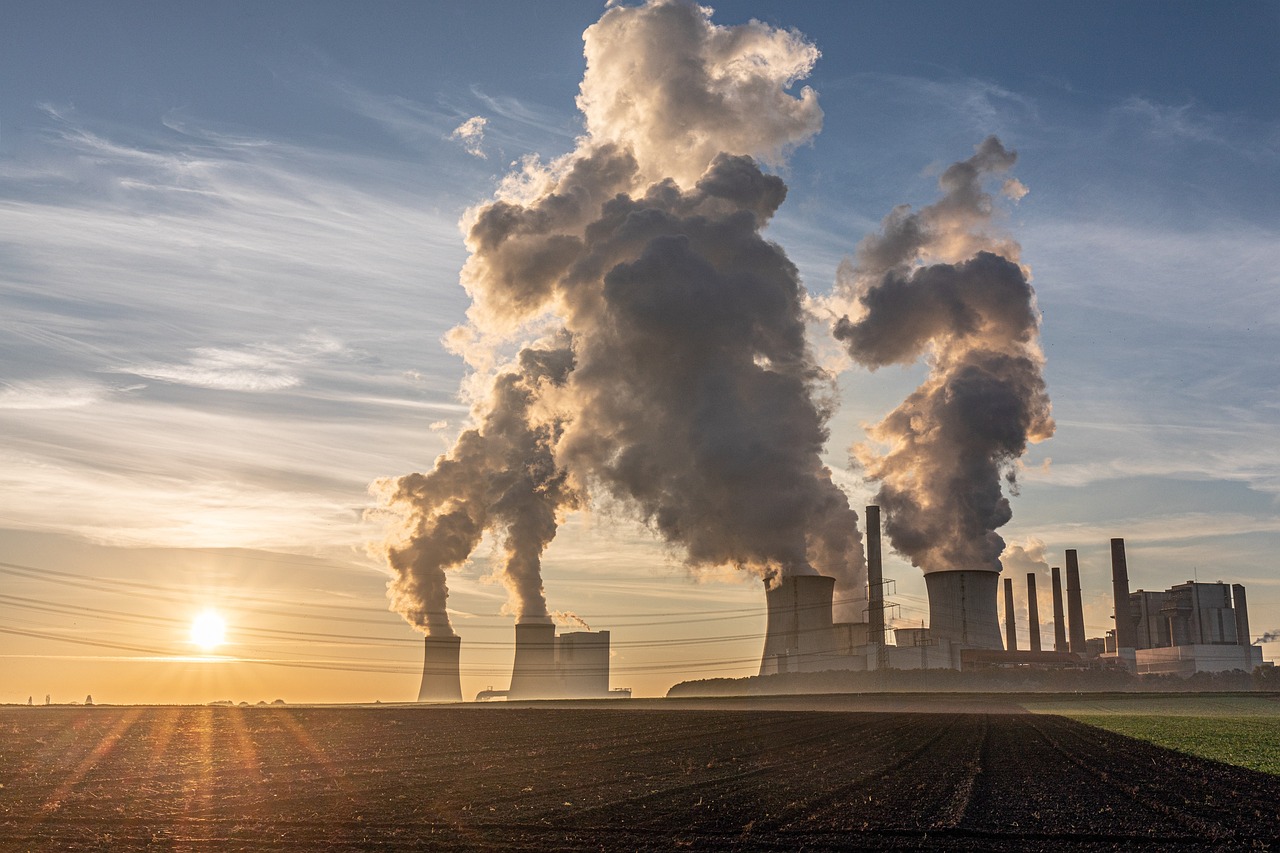Scientists projection when humans would extinct due to climate change

According to a recent study conducted by experts from the University of Bristol, it has been projected that humanity will face extinction on Earth within a span of 250 million years. This grim outcome is contingent upon an immediate cessation of fossil fuel combustion. The study’s computer simulations indicate that our planet will confront a catastrophic event leading to the eradication of all mammalian species. Furthermore, if any lifeforms manage to survive until that time, they would be compelled to endure extreme temperatures ranging from 104°F to 158°F (40°C to 70°C).
However, their computations fail to incorporate the greenhouse gases discharged from the combustion of fossil fuels and other anthropogenic origins. Consequently, the projected timeline for our extinction is expected to be accelerated. This event would mark the initial occurrence of a mass extinction since the demise of the dinosaurs approximately 66 million years ago, which was triggered by a colossal asteroid impact on Earth.
The recent study was conducted under the leadership of Dr. Alexander Farnsworth, a senior research associate at the School of Geographical Sciences in the University of Bristol.
 Dr. Farnsworth expressed a rather grim outlook for the distant future, stating that carbon dioxide levels could potentially reach double the current levels. This increase in carbon dioxide would have severe consequences, leading to the demise of not only humans but also numerous other species. The inability to dissipate heat through sweat and cool their bodies would be the cause of this unfortunate outcome.
Dr. Farnsworth expressed a rather grim outlook for the distant future, stating that carbon dioxide levels could potentially reach double the current levels. This increase in carbon dioxide would have severe consequences, leading to the demise of not only humans but also numerous other species. The inability to dissipate heat through sweat and cool their bodies would be the cause of this unfortunate outcome.
The researchers have projected that in approximately 250 million years, all of Earth’s continents will have converged to form a supercontinent known as Pangea Ultima. This future configuration would result in a doughnut-shaped landmass with an inland sea at its center, representing the remnants of the once-mighty Atlantic Ocean. The Pacific Ocean, on the other hand, would dominate the majority of Earth’s surface.
Pangea Ultima is just one potential scenario for the future supercontinent, as the alignment of plate tectonics remains uncertain. However, scientists are confident that Earth’s continents will gradually merge over time, ultimately forming a hot, arid, and largely uninhabitable mass.
The convergence of tectonic processes in the Earth’s crust that resulted in the formation of a supercontinent would have a significant impact on the frequency of volcanic eruptions. These eruptions would release substantial amounts of carbon dioxide (CO2) into the atmosphere, exacerbating the planet’s warming trend. Additionally, the natural brightening of the sun, a lesser-known contributor to global warming, would further intensify this effect.
According to Dr. Farnsworth, the combination of these factors would create a triple whammy, resulting in a hostile environment with limited food and water sources for mammals. The study utilized computerized climate models to simulate temperature, wind, rain, and humidity trends for Pangea Ultima. The team also employed models of tectonic plate movement and ocean chemistry to estimate the future level of CO2. It is important to note that the study did not account for the contribution of CO2 emissions from burning fossil fuels, which is widely recognized as the primary cause of climate change today.
According to their estimations, the concentration of CO2 is projected to increase from the current level of approximately 400 parts per million (ppm) to over 600 ppm in the distant future. However, it is crucial to note that this projection assumes a cessation of human activities involving the combustion of fossil fuels; otherwise, these figures could be reached much earlier. Professor Benjamin Mills, a co-author from the University of Leeds, emphasized this point.
 The research findings indicate that only a limited portion, ranging from 8 to 16 percent, of the Earth’s landmass would remain habitable for mammals. Furthermore, it is highly likely that all mammal species would face extinction. Adding to the severity of the situation, the supercontinent would predominantly be situated in the hot and humid tropics, resulting in elevated temperatures that surpass the tolerance levels of numerous mammal species.
The research findings indicate that only a limited portion, ranging from 8 to 16 percent, of the Earth’s landmass would remain habitable for mammals. Furthermore, it is highly likely that all mammal species would face extinction. Adding to the severity of the situation, the supercontinent would predominantly be situated in the hot and humid tropics, resulting in elevated temperatures that surpass the tolerance levels of numerous mammal species.
According to the academic, the potential for our survival could be enhanced if we were to construct environmentally-controlled shelters equipped with air conditioning. However, he also emphasized the necessity of constructing additional facilities to accommodate food production.
Another prospect for the continuation of humanity lies in the establishment of civilizations on other planets within different solar systems, although this concept remains confined to the realm of science fiction at present.
Dr. Farnsworth asserted that the ultimate outcome of our survival hinges upon our ability to either depart from this planet or utilize geoengineering solutions to effectively manage the climate.









